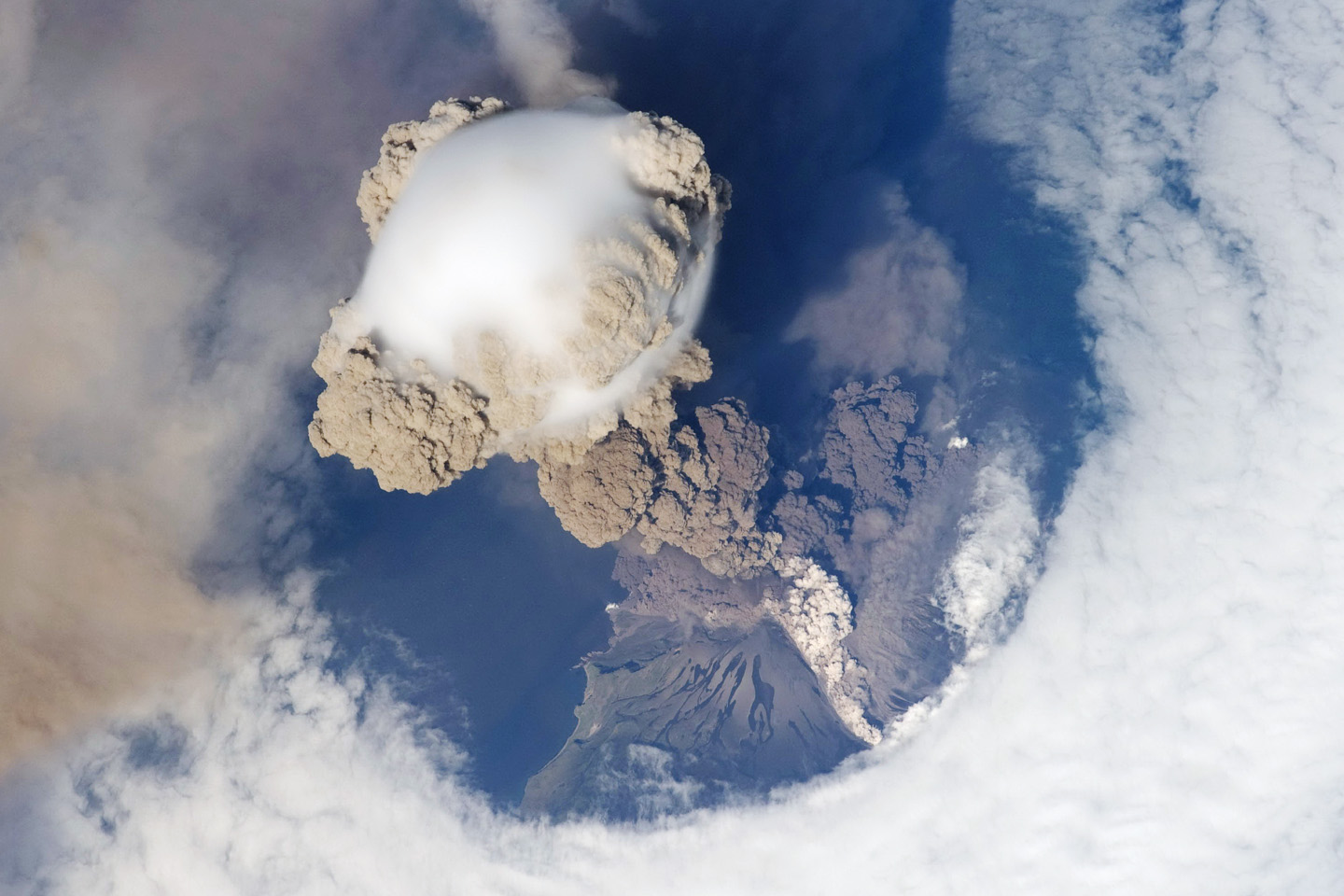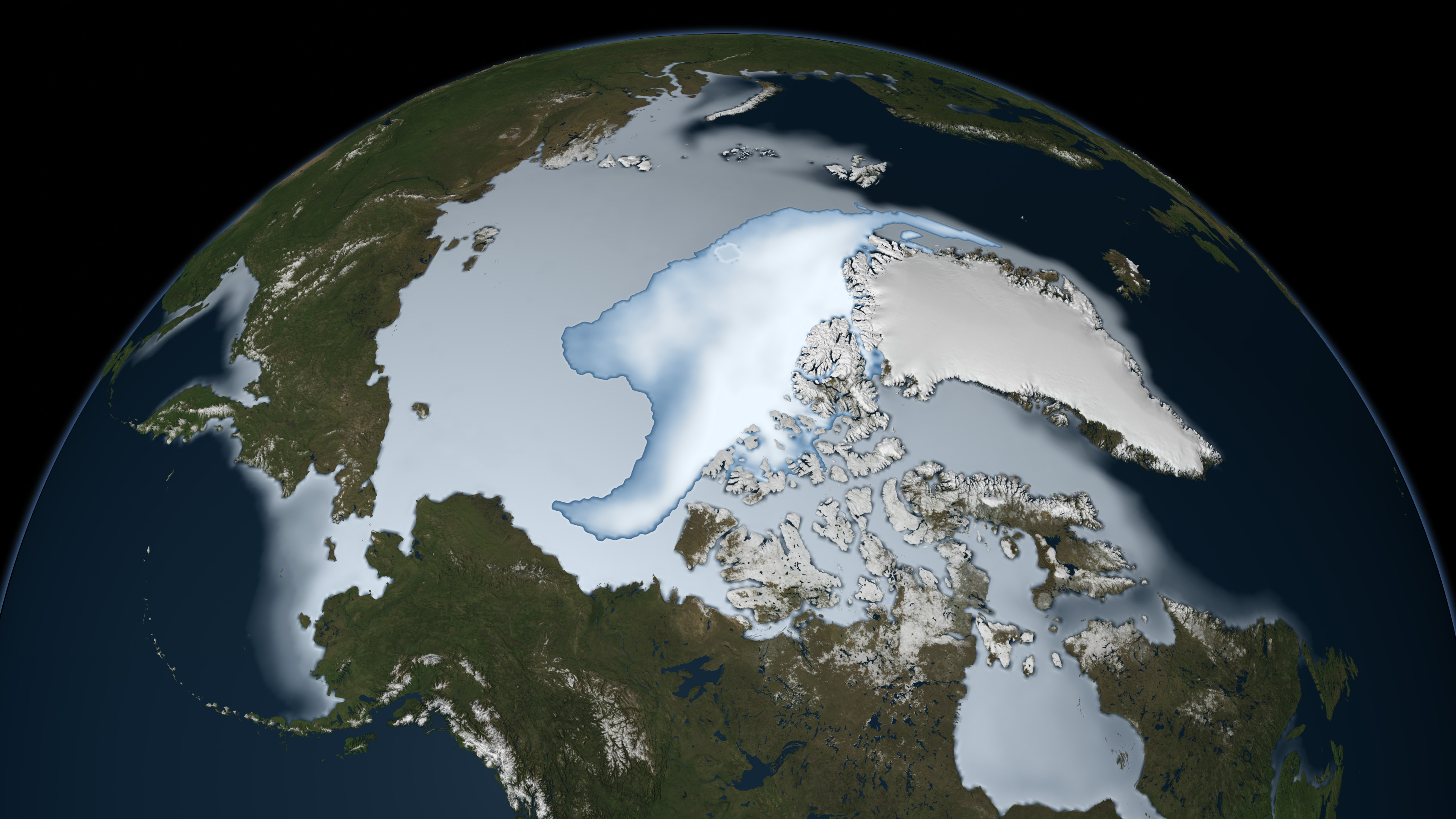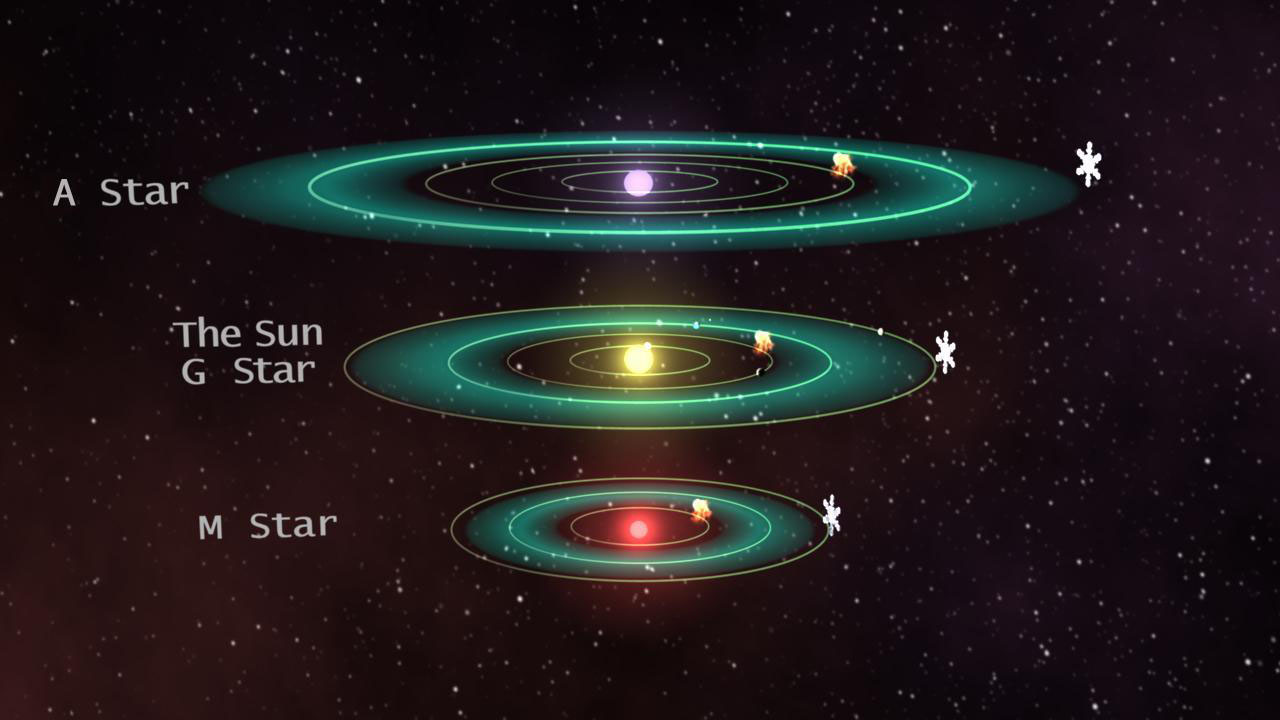Ice Ages Make Outer Edge of 'Habitable Zone' a Tough Place for Life

Earth is situated right in the middle of our sun's "habitable zone," and it's a comfortable place for life. We enjoy a relatively stable climate and the right amount of warmth to allow liquid water.
But new research is showing a dramatically different scenario for planets at the outer edge of a star's habitable zone. That boundary is a dangerous place for life, exhibiting long ice ages with only short bursts of a temperate climate, scientists say — a scenario that would be unfavorable to the development of complex animal-like life. (Simpler forms of marine life may be possible, though.)
This climate cycle, based on changes in the long-term carbon cycle, was examined as part of a NASA Habitable Worlds grant. Jacob Haqq-Misra, a research scientist at the Seattle-based nonprofit Blue Marble Space Institute of Science, is leading the research to figure out where the limits of the habitable zone arise. [10 Exoplanets That Could Host Alien Life]
A paper based on the research, entitled "Limit cycles can reduce the width of the habitable zone," will be published in The Astrophysical Journal. A preprint version is available on the online preprint site Arxiv.
Carbon dioxide cycle
Haqq-Misra's research was inspired by a paper published in 2015 in Earth and Planetary Science Lettersexploring what happens to the carbon-silicate cycle at the edge of the habitable zone. The lead author of that paper is astrophysicist Kristen Menou of the University of Toronto.

Normally, a frozen planet will warm if it has volcanoes pumping out carbon dioxide, a greenhouse gas, into the atmosphere. Glaciers melt and the planet becomes habitable. Once reaching that point, it has been thought that the planet's climate would stabilize. But newer research (such as that shown in Menou's work) shows that planets with a high concentration of carbon dioxide in the atmosphere can revert back to an ice age.
In such a state, the planet more quickly erodes away surface rocks, due to the higher acidity of rainwater that's been enriched in dissolved carbon dioxide. This is especially true on a planet that has no land plants. Over time, the rocks take in so much carbon dioxide that the gas is largely removed from the atmosphere. The planet gets colder and the surface freezes again, set for another long ice age until the volcanoes can send out enough carbon dioxide into the atmosphere to temporarily warm the climate up again.
Get the Space.com Newsletter
Breaking space news, the latest updates on rocket launches, skywatching events and more!
"We extended this [research] by developing a model with more realistic physics, and an explicit representation of carbon dioxide condensation, which becomes an important factor toward the cold outer edge of the habitable zone," Haqq-Misra said. "We also examined how this behavior depends on the type of the planet’s host star." [The Strangest Alien Planets]
Extending the model
By looking at different types of stars, Haqq-Misra said he is hoping to make it easier to predict where these cycles between extended glaciation and punctuated warmth should occur. This would make the search for possible habitable planets more efficient, because we could estimate habitability based on the star type.

The model shows that for stars like our sun (also known as G stars), these climate cycles do occur, but only on planets that produce less carbon dioxide than modern-day Earth. This suggests that Earth today is not at risk of falling into such dangerous cycles, but early Earth may have experienced such events in its past. On planets circling smaller dwarf stars (such as K- and M-types), these cycles do not occur because of how the stars' radiation interacts with surface water ice.
Water ice is very reflective when visible light strikes the surface, but at shorter infrared wavelengths (the wavelengths of light a K- or M-type star principally emit), the water ice is more absorbent. This allows the planets around these stars to stay warm and stable even at the edge of the habitable zone.
There's a caveat, however. M-type stars burn hotter early in their life cycle. There's a risk that unless a planet near one of these stars has enough water, the water would boil away due to the amount of infrared radiation, even before the star cools down and stabilizes.
Haqq-Misra's group also found that stars hotter than our sun — such as F-stars — emit so much visible light that the water ice on a planet would be extremely reflective to the star's radiation, making it difficult for such a world to warm up. His group therefore suggests that G-type and K-type stars would be the most habitable stars for those planets at the edge of the liquid-water zone. These would be the best targets to search for habitable planets, Haqq-Misra said.

There are some uncertainties with Haqq-Misra's model, however. Scientists don't really know how much volcanic outgassing changes over time, so they used parameters based on modern-day Earth.
The other tricky thing is figuring out how an abiotic (uninhabited) planet behaves with excess carbon dioxide in the atmosphere. The scientists calibrated the model by realizing that plant life on Earth tends to keep carbon dioxide stored in the ground. This suggests that if all life were removed from our planet, this stored carbon would be released so that total level of carbon dioxide in the atmosphere would rise.
An abiotic planet with a lower volcanic outgassing rate than Earth today may be a poor target to search for signs of life. However, our planet today is not at the limit of the habitable zone (that's more where Mars is), so these extreme cycles and ice ages would not take place here.
This story was provided by Astrobiology Magazine, a web-based publication sponsored by the NASA astrobiology program. Follow Space.com @Spacedotcom, Facebook and Google+.
Join our Space Forums to keep talking space on the latest missions, night sky and more! And if you have a news tip, correction or comment, let us know at: community@space.com.

Elizabeth Howell (she/her), Ph.D., was a staff writer in the spaceflight channel between 2022 and 2024 specializing in Canadian space news. She was contributing writer for Space.com for 10 years from 2012 to 2024. Elizabeth's reporting includes multiple exclusives with the White House, leading world coverage about a lost-and-found space tomato on the International Space Station, witnessing five human spaceflight launches on two continents, flying parabolic, working inside a spacesuit, and participating in a simulated Mars mission. Her latest book, "Why Am I Taller?" (ECW Press, 2022) is co-written with astronaut Dave Williams.










